In chiropractic as in other professions there are many different methods available for people to do their job. Chiropractors have a moral duty to practice chiropractic in a way they believe will get the best results for their patient. We at Kírópraktík believe that the Gonstead system of analysis and adjusting is most beneficial for our patients. The system was created by Clarence Selmer Gonstead, D.C. (1898-1978).
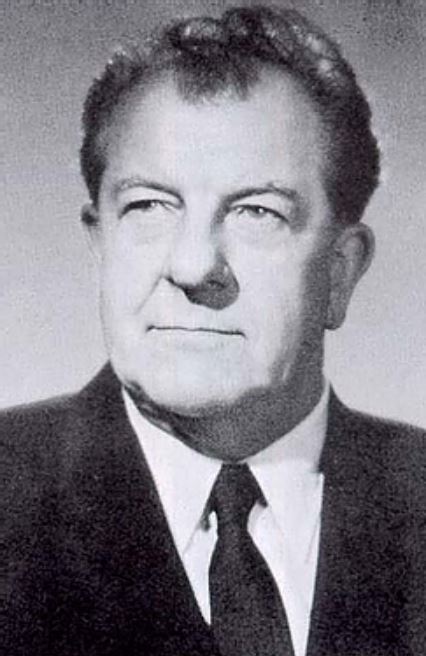
About Dr. Gonstead
Dr. Gonstead was a Norwegian descendant who grew up in Willow Lake, South Dakota, US. At a young age he was bedridden with rheumatoid arthritis. He was sick for a long time but finally got help from a local chiropractor, J.B.Olsson. Clarence was an engineer but after his chiropractic experience, decided to dedicate his life to chiropractic.
Dr. Gonstead made use of his knowledge from engineering in his research and gained an exceptional understanding of the human weightbearing system, the skeletal system and the function of the nervous system. Dr. Gonstead understood the two major functions of the skeletal system; to bear our weight and to protect the nervous system.
From his research work the Gonstead system was born and the “foundation principle” which the system is based on. Just as the foundation is the base a house is built upon, the pelvic girdle serves as the foundation for the rest of the spine. Dr. Gonstead realised that when joints in the lower part of the spine lose their position it will affect the weightbearing of joints in the upper part of the spine greatly. He saw that it was necessary to examine the whole spine and not only the point of pain. He had a unique understanding of how joints behave in normal function and also of the process of when a joint loses its position because of trauma of some kind, and how to adjust each joint specifically, to regain its normal position and function.
Dr. Gonstead developed the five criteria used to locate joints of the spine that have lost their position, are swollen and put pressure on the nervous system, called vertebral subluxations. He also developed specific ways of adjusting all joints that could possibly be subluxated and need the attention of a chiropractor. To this day Gonstead chiropractors use these five criteria in their practice.
Dr. Gonstead‘s methods
1. Instrumentation
Dr. Gonstead knew that where there is swelling, there is heat present. The heat from a spinal joint is detectable on the surface of the skin. Working with a team of specialists from EDL (Electronic Development Lab) he developed the Nervoscope, a thermometer still used in its original design to localize and examine the heat originating from a swollen joint. The Gonstead chiropractor runs the thermometer down the patients back in a certain manner and is then able to see very specifically the exact point of swelling, and is thereby able to localize the swollen joint. A certain type of a heat reading indicates a swollen joint and nerve interference. For the patient the instrumentation process is enjoyable, it feels like two fingers are being run gently down his back, one on each side of the spine
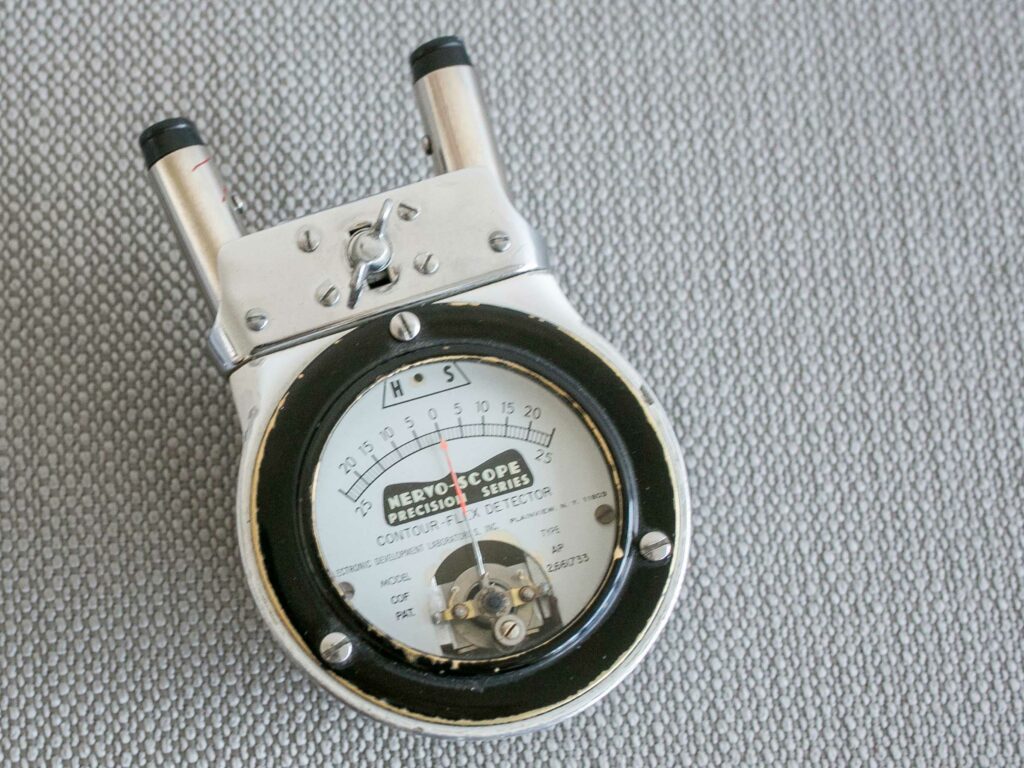
2. Static Palpation
The chiropractor uses his fingertips to even more specifically pinpoint the location of the swelling, tenderness and other relative findings on the surface of the skin, using a light, gentle and a specific touch.

3. Motion palpation
The chiropractor uses certain tests to compare the ability of the joints to move. A joint that has lost its position and is swollen is likely to have less movability than healthy joints in the area
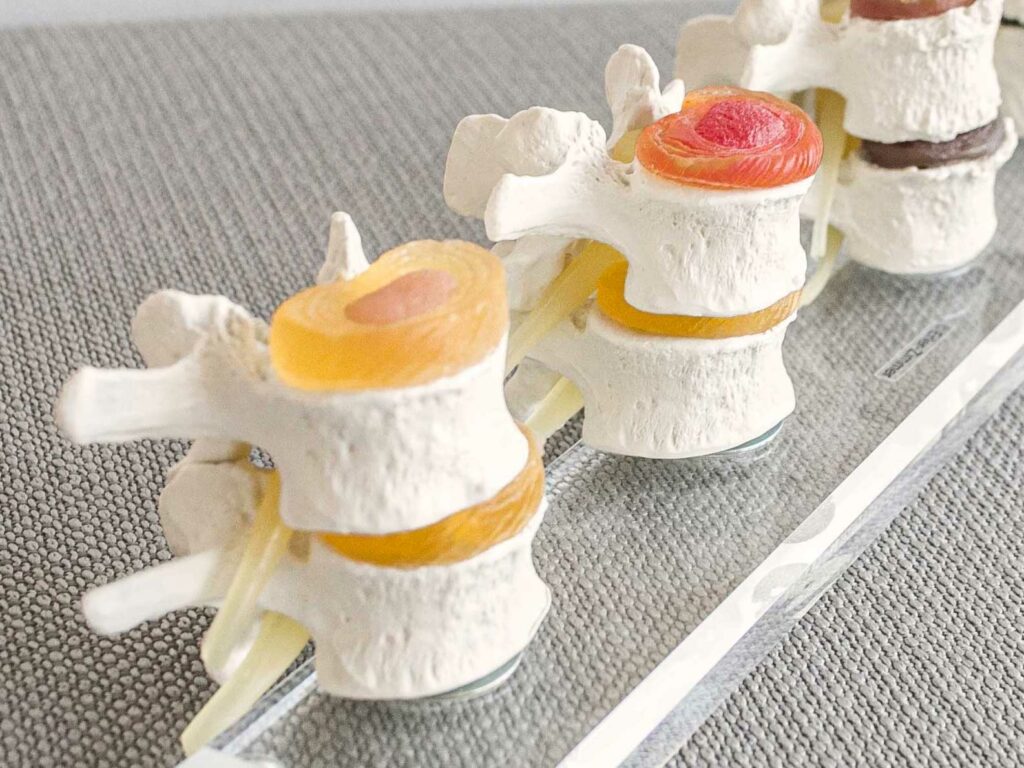
4. X-ray
Dr.Gonstead was the first chiropractor to X-ray the patient in a standing position and to take films that allowed him to see the whole spine on one film. On one film (A-P) the whole spine is seen from the back, on the other film (lateral) the whole spine is seen from the side. The films give the chiropractor important information about the position of the joints, the condition of the disc, possible degenerative and disease processes and the general condition of the spine
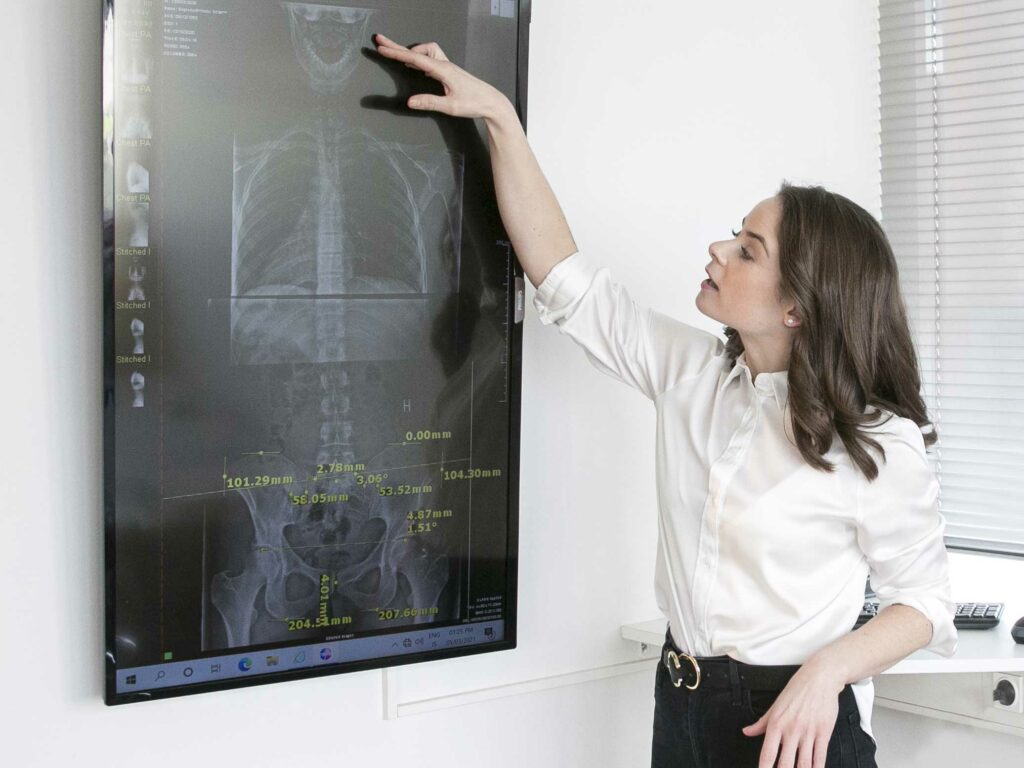
5.Visualization
The chiropractor uses his eyes to observe things pertaining to the condition of the patients spine, the general weightbearing, ability to move, appearance of the skin, gait and so on.
This information and a thorough case history is used to find the joints in trouble and to make a decision on how they can best be fixed. It is important to remember that when a chiropractor adjusts the spine, only one joint is moved in an adjustment and the joint is moved the shortest way back into its normal position. This generates the best possible results. The pressure is removed from the nervous system, allowing it to control the rest of the body without interference.
It is safe to say that Dr. Gonstead‘s work affected the chiropractic profession greatly. His reputation grew fast. Soon he became known in his state, then nationally and finally around the world for “helping sick people get well” as he liked to call it. He literally became “the chiropractors chiropractor.”
He worked in Mt. Horeb, Wisconsin, a small town that counted 1500 people in those days. His working week was six and a half days and his working day was 16-20 hours. He claimed this was a normal Norwegian work day. He adviced young people to make work their play so they wouldn’t be bored. It was not uncommon for him to see about 300 patients on a regular work day. Patients travelled on the average 100 miles to receive his help. He moved his office twice because he simply didn’t have space for all the people who wanted to see him.
In 1964 he built the famous Gonstead Clinic of Chiropractic. It was 29.000 square feet, the waiting room seated 106 people and had 11 adjusting rooms, X-ray facilities and laboratories of different kinds. The Karakahl Inn was built right next to it, a hotel containing 76 rooms, a dinner hall, a sauna, a cocktail lounge, a conference hall and so on, to accommodate travelling patients. Next to his home he had an airport and a personal plane, used to serve those that could not travel to him.
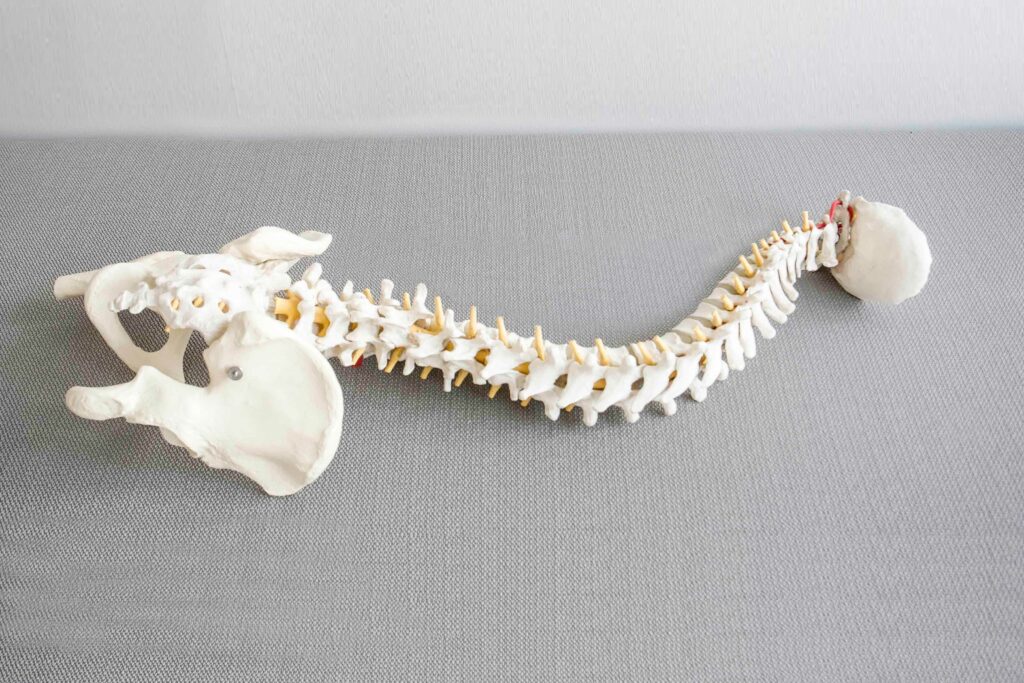
Dr. Gonstead‘s achievements
It was said that after a chiropractic examination he was able to tell a patient his symptoms and also what would trouble him in the future if he would not receive proper chiropractic care. Dr. Gonstead is known for developing the Gonstead System of Analysis and adjusting, the Foundation Principle and for the Cervical Chair Adjustment, which is an exceptionally specific way of adjusting the cervical spine, the joints of the neck.
- He designed and redesigned many of the tools used in the profession today, X-ray tools, adjusting tables and so on.
- He designed the Nervoscope, a thermometer which is an informative tool used in its original design to this day.
- He designed an X-ray machine that could shoot its rays in a horizontal manner. This had never been done before and allowed the profession to take X-rays with the patient in a weightbearing position, standing with equal weight on both feet.
- He was an entrepreneur in the use of X-rays. He developed the “full spine” films,14 x 36”, and X-ray equipment used in connection with that.
- He created a line marking system, where lines are systematically drawn on films to bring out important information.
- He was the first to suggest, maintain and prove that the sacro-iliac joints were movable joints.
- In his time, Dr.Gonstead was internationally considered an authority on the nervous system.
- In his lifetime, he saw more than a million different patients from all different parts of the world.
- Dr.Gonstead was once asked what was the secret behind his success and he replied: “no secret, just lots of satisfied patients.”
It took a long time and many people to convince Dr.Gonstead that it was important that he would teach other chiropractors what only he knew. Finally he gave in. The result is the longest standing seminar in chiropractic history, held monthly to this day, for students and Doctors of Chiropractic.
Clarence Selmer Gonstead, D.C. is without a doubt one of the most important people of the twentieth century. His achievements are of great importance to mankind.

